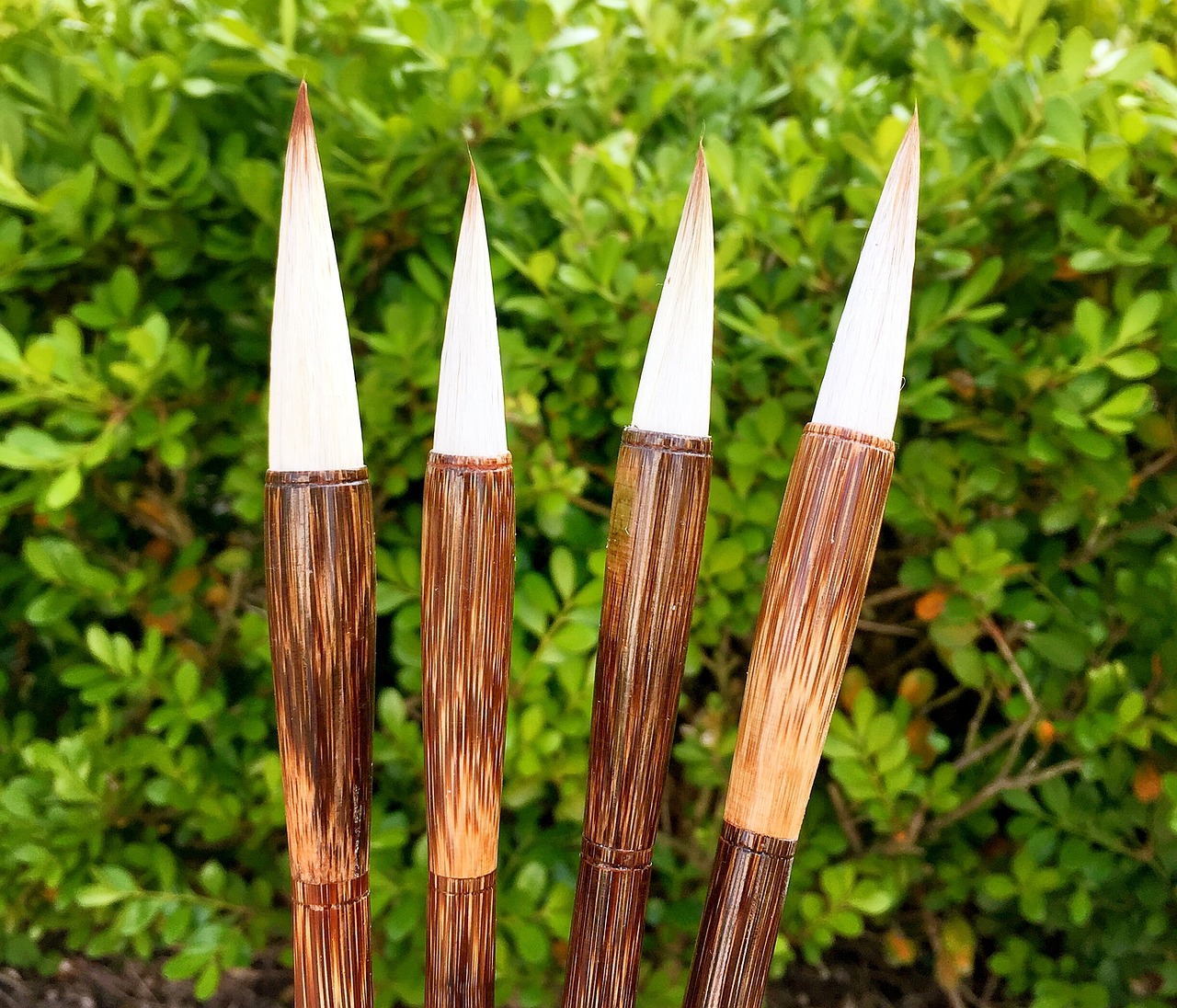The depiction of Zhu Bajie in literature portrays him as a reincarnated figure of the Marshal of the Heavenly Reeds, a general historically revered as a deity. His name hints at ancient shamanistic traditions, with a translation of “Heavenly Reeds” suggesting a reference to “Heaven’s Mugwort,” a plant believed to possess spiritual and healing properties. This aligns with early beliefs that mugwort could ward off demonic influences and illnesses, leading to the deification of the general himself.
Historical documentation from the Sui Dynasty details his role serving under the Northern Emperor, a prominent figure in Daoist mythology known for his exorcism powers. A notable practice recorded from the sixth century is the “Northern Emperor’s Method of Killing Demons,” which includes prayers directed to Tianpeng. Other sources associate him with the nine stellar gods of the Dipper, assigning him protective functions. By the Early Song Dynasty, he was further developed as a key figure in exorcism rites and positioned as the head of thirty-six generals allocated to the Department of Exorcism. His status was elevated through associations with other significant exorcist deities, collectively known as the “Three Great Generals of Heaven,” eventually expanding into the “Four Saints” framework.
Zhu Bajie’s protective role transcended into military reverence, as noted by Davis, who observed that his worship flourished within military ranks during the Southern Song Dynasty. This era also saw him granted the military title of Marshal, a name that persists in the “Journey to the West.” In the mingling of martial traditions, a distinct fighting style and weapon technique emerged, both named after him.
In classic narratives from the Song Dynasty, Tianpeng is depicted as a multi-armed deity clad in dark garments, mirroring the colors attributed to his companions — both referencing northern directions and their shared allegiance to the Northern Emperor. Illustrations from the 1460 period depict Tianpeng with dark features, which correlates with the character Pigsy’s descriptions in “Journey to the West.”
The weapon attributed to Zhu Bajie, described as a polearm with nine prongs, deviates from traditional military armament, leaning more toward tools of agriculture reflective of peasant life. Historical contexts from the Ming Dynasty establish that such farming implements had been part of the rural landscape even dating back to the Yuan Dynasty. The “Book of Agriculture,” compiled by Wang Zhen, elucidates varied harvesting tools, which may well have inspired the visual arts representing Zhu Bajie’s character.
The contrast of Pigsy’s farming tool against the more storied weaponry of his companions suggests an artistic choice that underscores his rustic identity. This humor transcends notions of grandeur, attributing a comical power to a seemingly simple rake forged by the legendary Laozi.
Recent discoveries in Ming woodblock prints illustrate variations in Pigsy’s ensemble, revealing intriguing adaptations of his armed character. Notably, a 13th-century artwork showcases Tianpeng as an esoteric deity bearing implements for combat and ritual alike, reinforcing the confluence of war and spirituality in Daoist beliefs.
Speculation also postulates Zhu Bajie’s historical connections to a sun goddess figure known as Marici. Depicted similarly with boar associations, this nuanced lineage suggests a complex integration of narratives across Buddhist and Daoist foundations tied to celestial bodies and exorcistic rituals. Iconographic interpretations further elaborate on the historical basis for Zhu Bajie’s pig-like forms and weapons, hinting at underlying cosmological significations within the legends.
Additionally, renowned practices centered on the visualization of deities within one’s physical existence indicate that such figures extended beyond myth – intertwining with the health and aspirations for immortality prevalent in Daoist frameworks. Tianpeng’s invocation in these meditative practices reiterates the deep-seated cultural significance of his identity.
Updates to these interpretations continue to lend depth to Zhu Bajie’s character, reflecting the interplay between mythology, cultural practices, and the evolution of literary representation over time.



